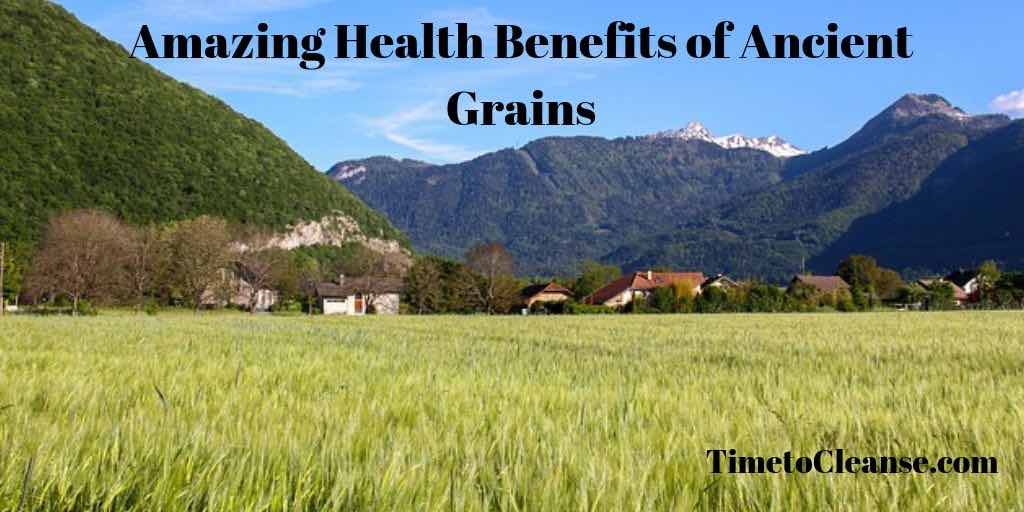As you sit down to eat your toast in the morning or have a bowl of pasta for dinner, take a moment to consider the nutritional value of the food. Bread, pasta, and, cereals are made from grains. While carbohydrates (which include grains) often get a bad rap for not being healthy and causing spikes in blood sugar, whole grains, and especially ancient or exotic grains, have numerous health benefits.
What is An Ancient Grain?
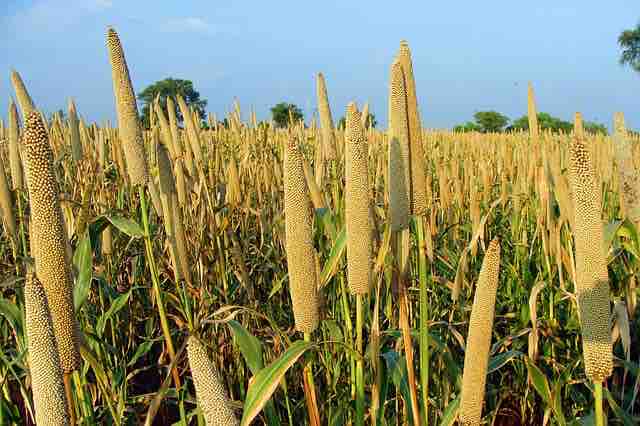
There is no one single definition of what constitutes an ancient grain, as they have been around for thousands of years. According to the Whole Grain Council, ancient grains are defined as grains that have not been altered or genetically tampered with. Many ancient grains come from other parts of the world, such as Africa, the Middle East, and from the Asian continent. While the palettes of most Westerners are used to the flavor of modern wheat, rice, and corn, many of these ancient grains are starting to be discovered and embraced.
When beginning to explore and experiment with some of these exotic and nutritious grains, cook them in recipes that will feel familiar to you. If you enjoy a hefty bowl of white pasta, try quinoa, brown rice, or Kamut pasta covered with your favorite sauce. Try substituting quinoa as a side dish instead of white rice, and add nutty and delicious barley to soups. You will be amazed at how flavorful ancient grains are.
Quiz: Is Your Body TOXIC? Take the Test...
(get your free personalized report)
What is Wrong With Modern Grains?
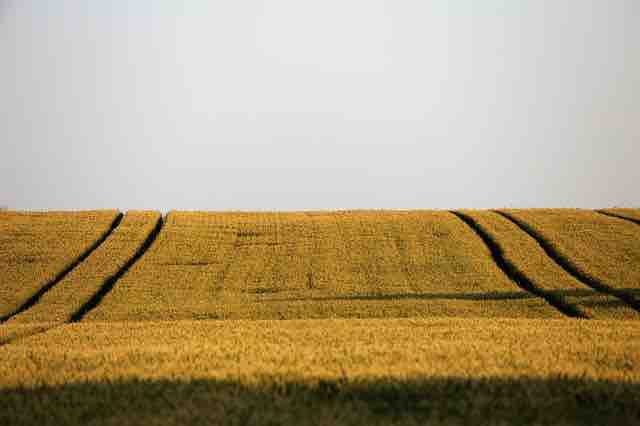
While wheat has been used for cooking and the making of bread for thousands of years, ancient wheat strains along with more popular grains like barley, rye, and corn were eaten whole. Once modern milling became widely available, the nutritious outer layers of the grain kernels were stripped away. Once the grain, and especially wheat as this is the most consumed grain in the United States, is stripped and milled, the source of important nutrition is eliminated. Whole grains carry proteins, vitamins, healthy fats, and minerals, while heavily milled and processed grains lose most of those valuable nutrients.
In addition, many grains have been genetically altered for longer shelf life and higher yields. While this may be good from a production and distribution standpoint, the grain no longer has the nutrients that they once had thousands of years ago. Introduce high-impact farming to the equation, such as mono-agriculture, soils fed only chemical fertilizers, and pesticides sprayed on the crops, suddenly the grains we are eating are chemical laden and toxic.
Why Do Some People Get Sick From Eating Wheat and Modern Grains?
Modern industrial wheat is often genetically altered to have more gluten in it than ancient strains, like Kamut and farro. Gluten makes bread fluffier, so the more of it there is, the softer the bread is. However, many people have gluten intolerances and eating modern wheat products makes them uncomfortable or ill.

Keep in mind that just because foods claim to be gluten-free, it doesn’t mean that they are healthy! Always read labels! Taking probiotics and digestive enzymes, such as Isagenix IsaBiome Digestive Health System may help to alleviate digestive issues.
Unless you have a serious illness, such as Celiac Disease, it may be possible to eat ancient grains that have minimal gluten and plenty of nutrients and not feel sick. Always speak with your physician first before trying whole grains if you feel uncomfortable eating them.
Quiz: Is Your Body TOXIC? Take the Test...
(personalized report)
List of Ancient Grains
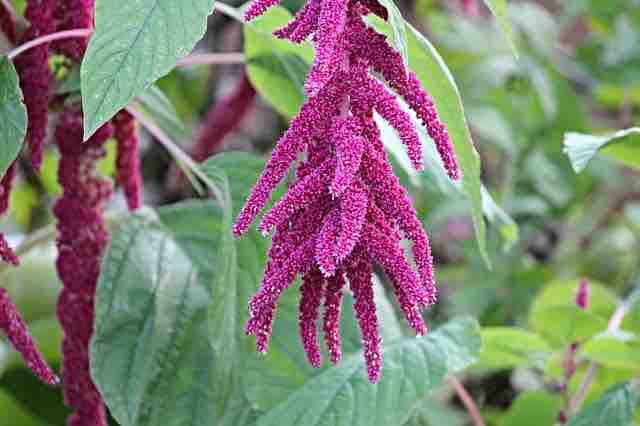
Amaranth: is actually a type of seed that has been a major food source for civilizations in South America and Mexico. Amaranth is highly nutritious and is gluten-free. It is loaded with protein, one cup has 28 grams of protein. The seeds are high in Lysine and have an excellent amino acid profile. Amaranth is high in fiber, minerals, and vitamins and is delicious when mixed with quinoa or millet.
Barley: Whole barley, not pearl that has been highly polished, is high in fiber, rich in nutrients, and has a wonderful chewy texture that is delicious in soups. According to a study done by the American Journal of Clinical Nutrition, eating high fiber barley may help to lower risk for cardiovascular disease.
Buckwheat: is not wheat at all, but a seed. Used in Asian and Eastern European cuisine, buckwheat has a delicious nutty flavor and makes an excellent side dish. The seeds are high in protein, fiber, antioxidants, and minerals.
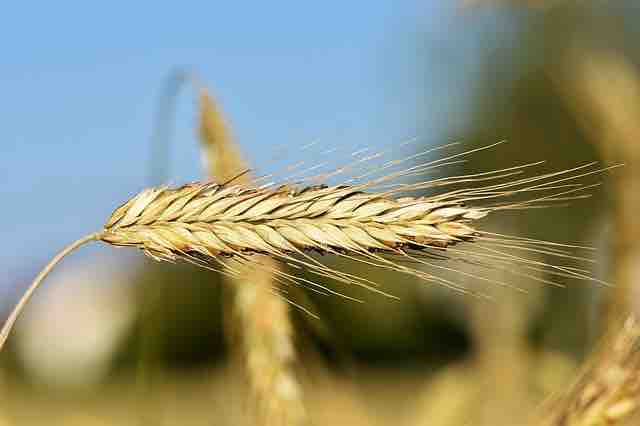
Farro: has come into the culinary scene like a storm. Farro is from the wheat family, so it does contain gluten, but because it has not been overly cultivated and genetically modified, there is less gluten than modern wheat. It has protein, fiber, minerals, and has a nice chewy texture.
Kamut: is another ancient wheat that has not been genetically modified. Known as Khorasan wheat or Pharaoh grain, Kamut was discovered in ancient Egyptian tombs. As with many other ancient grains, Kamut is high in protein, fiber, and minerals. You can find Kamut flour in wholesome bread, or cook it as a side dish instead of couscous which is highly processed wheat.
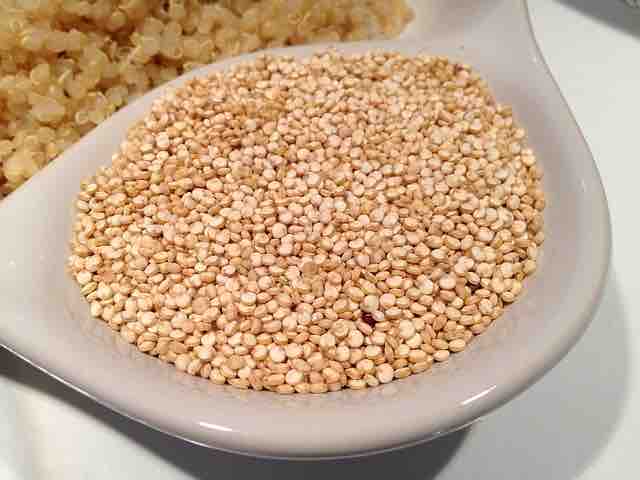
Quinoa: is one of the first ancient grains, actually seeds, that were introduced into the United States and is now a common household name. Quinoa is high in protein and has an excellent amino acid profile. Originally grown high in the Andes Mountains of South America, quinoa is often considered a superfood due to its excellent nutritional value. Use it as a side dish, for salads, and it makes an excellent breakfast meal. Quinoa is a great food to add to your pantry when you are looking for plant-based protein.
Teff: is another a seed that originally comes from Ethiopia and is popular in West African cuisine. Teff is high in protein, fiber, minerals, especially magnesium, and even vitamin C. It is delicious as a side dish and can be added to bread to boost the nutritional level.
As you can see, adding ancient grains and non-genetically modified grains have wonderful health benefits and they are tasty and versatile as well!

